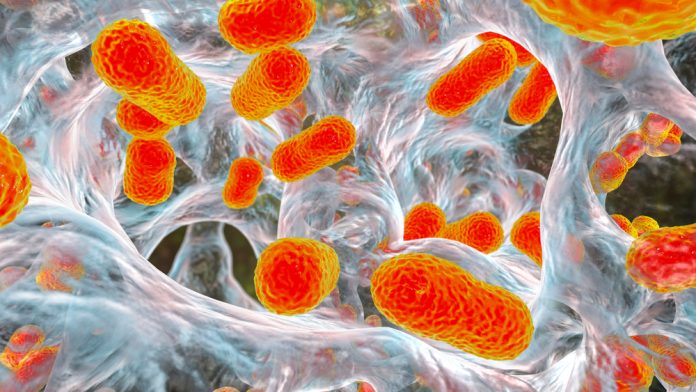A dangerous, antibiotic-resistant superbug is making headlines as a new study uncovers its presence in a Malaysian hospital.
Acinetobacter baumannii (A. baumannii), a notorious pathogen known for causing severe infections, has been identified as a growing threat to global public health.
With its remarkable ability to resist treatment, this superbug is increasingly difficult to contain, particularly in hospital environments where vulnerable patients are at higher risk.
The study, conducted by experts from the University of Birmingham, Universiti Sultan Zainal Abidin, University of Southampton, and International Medical University, highlights the urgent need to tackle A. baumannii.
A. baumannii: A global public health threat
Classified as a critical-priority pathogen by the World Health Organization (WHO), A. baumannii is a leading cause of hospital-acquired infections, affecting the bloodstream, lungs, urinary tract, and wounds.
Due to its remarkable ability to withstand antibiotic treatments, it remains one of the most formidable superbugs threatening healthcare systems worldwide.
The spread of Global Clone 2 (GC2)
Researchers analysing 10 years of bacterial infection data from a leading tertiary hospital in Terengganu, Malaysia, uncovered that the majority of A. baumannii cases belonged to Global Clone 2 (GC2).
This dominant lineage is prevalent in hospitals across the world and is notorious for its resistance to multiple antibiotics, making infections increasingly difficult to treat.
Resistance to carbapenems
Examining 126 bacterial samples collected between 2011 and 2020, scientists found that most A. baumannii strains exhibited multidrug resistance.
Alarmingly, the majority showed resistance to carbapenems, a class of antibiotics typically used as the last line of defence against A. baumannii infections.
The high prevalence of carbapenem-resistant strains poses significant treatment challenges, especially in regions with limited access to alternative antibiotics.
Plasmids: The hidden tools of antibiotic resistance
A striking 97% of the bacterial samples analysed carried plasmids – small, mobile DNA fragments that enable bacteria to transfer resistance genes.
These plasmids accelerate the spread of antibiotic resistance, compounding the challenge of controlling A. baumannii infections in hospitals.
The presence of such genetic elements underscores the urgent need for enhanced infection control measures and surveillance strategies.
Urgent need for surveillance and treatment strategies
Experts stress the necessity of ongoing monitoring and research to combat the growing threat posed by A. baumannii.
The evolving resistance mechanisms of this pathogen highlight the importance of global collaboration in tracking its spread, particularly in low- and middle-income countries where data is often scarce.
Understanding how A. baumannii evolves and spreads is critical for developing new treatment strategies and mitigating its impact on public health.
The path forward
With A. baumannii continuing to adapt and develop new resistance mechanisms, the global scientific community must strengthen surveillance programmes and invest in novel treatment options.
The findings of this study reinforce the need for immediate action to control the spread of A. baumannii, ensuring that healthcare facilities worldwide are better equipped to handle this evolving public health crisis.









